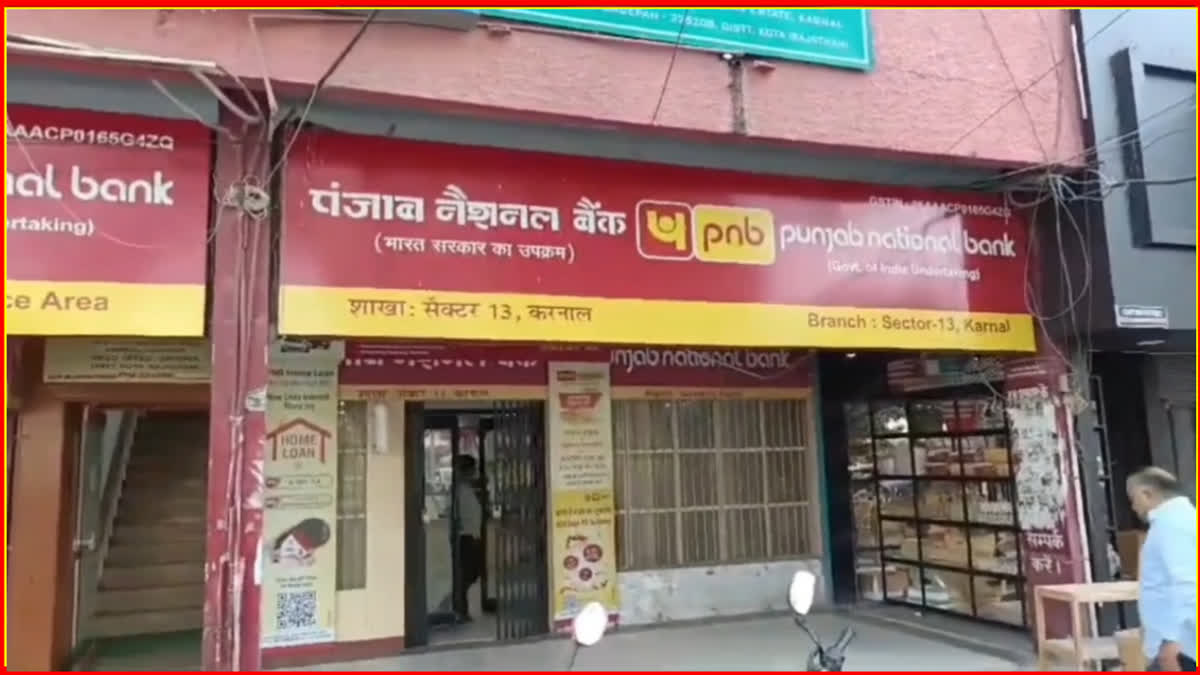The PNB Scam: Unveiling India’s Biggest Banking Fraud

Nirav Modi and Mehul Choksi became notorious for their involvement in one of India’s largest PNB scam.
• Nirav Modi (born February 27, 1971) was a prominent diamond jeweler and the founder of the luxury jewelry brand, Nirav Modi. His exquisite diamond creations gained international fame.
• Mehul Choksi (born May 5, 1959), Nirav Modi’s maternal uncle, was the owner of Gitanjali Group, one of India’s largest integrated diamond jewelry retailers.
Key Companies Involved
• Nirav Modi: Firestar Diamond (formerly Firestone)
• Mehul Choksi: Gitanjali Group
Early Life, Education, and Family
Nirav Modi:
• Born in Palanpur, Gujarat, and raised in Antwerp, Belgium.
• Attended the Wharton School, University of Pennsylvania, but did not complete his degree.
• Father: Deepak Modi (diamond businessman)
• Spouse: Ami Modi
• Children: Two sons (Teja Raju and Rama Raju) and one daughter (Deepti)
Mehul Choksi:
• Born in Mumbai, India.
• Dropped out of the University of Mumbai.
• Father: Chinubhai Choksi (diamond trader)
• Spouse: Name not publicly known
• Children: One son and two daughters (including Priyanka)
The PNB Scam
Fraud Name: Punjab National Bank (PNB) Fraud Case
The Masterminds Behind the Scam: Nirav Modi and Mehul Choksi were the prime conspirators, aided by several corrupt bank officials and business associates.
Timeline of the Scam
Year Exposed: 2018, though it had been ongoing for several years.
Total Amount Involved
The total fraud amounted to ₹14,356.84 crore (approximately US$2.1 billion) as of May 2018.
Modus Operandi: How the Fraud Was Perpetrated
- Fraudulent Letters of Undertaking (LoUs): Nirav Modi and Mehul Choksi obtained fake LoUs from Punjab National Bank without providing any collateral.
- Collusion with Bank Officials: Corrupt PNB employees assisted in bypassing the bank’s core systems to facilitate these fraudulent transactions.
- Foreign Loans via LoUs: These forged LoUs were used to secure loans from foreign branches of Indian banks.
- Circular Transactions: The funds obtained through the fraudulent LoUs were used to repay earlier loans, creating a circular system that masked the fraud.
- Use of Shell Companies: Multiple shell companies were used to hide and funnel the illicit funds.
- Inflated Invoices: Fake invoices for importing diamonds and jewelry were used to justify the loan amounts.
Also Read: The Rise and Fall of Abhishek Kar
Discovery of the Scam
The scam was uncovered in January 2018 when discrepancies in PNB’s records were noticed. A complaint was filed by a bank official with the Central Bureau of Investigation (CBI) on January 29, 2018. Initially, the fraud was reported as ₹280.70 crore, but as investigations progressed, the scale of the fraud expanded dramatically.
Arrest of the Masterminds
• Nirav Modi: Fled India in early 2018 and was arrested in London in March 2019. He is currently fighting extradition to India.
• Mehul Choksi: Fled to Antigua and Barbuda in 2018, acquiring citizenship. He was arrested in Dominica in May 2021 and is contesting extradition from Antigua.
Current Scenario: Legal and Financial Fallout
- Legal Battles: Nirav Modi and Mehul Choksi are engaged in lengthy legal proceedings concerning their extradition back to India.
- Asset Recovery: The Enforcement Directorate (ED) has seized assets worth over ₹2,500 crore, with efforts underway to return them to the defrauded banks.
- Ongoing Investigations: The CBI and ED continue their probe into the various facets of the fraud, with some cases still pending in courts.
- Regulatory Reforms: In the wake of the PNB scam, India’s banking sector has undergone significant reforms, such as stricter monitoring of large-value transactions and enhanced risk management systems.
- International Cooperation: Indian authorities are collaborating with global agencies to recover the stolen funds.
Impact on Public Awareness and Banking Security
The PNB scam has heightened public awareness of the potential risks in financial transactions. It has highlighted the need for vigilance and strong oversight within the banking system. The case serves as a stark reminder of the vulnerabilities in India’s financial infrastructure and the importance of regulatory reform.
Conclusion
The PNB scam is a cautionary tale of how collusion, corruption, and lack of oversight can lead to massive financial fraud. As the legal proceedings continue, the case underscores the critical need for improved security, transparency, and governance in the Indian banking sector.



